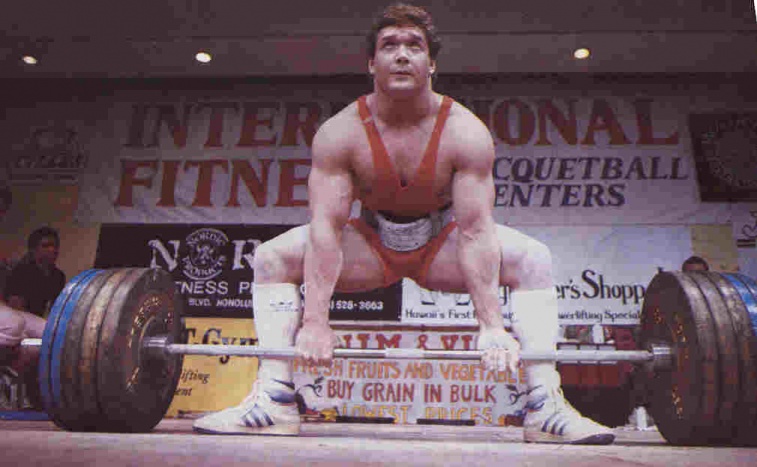Grip strength is more than just a measure of how firmly you can hold onto something. It’s a fundamental indicator of overall health, endurance, and even longevity. A strong grip can improve performance in sports, enhance daily activities, and reduce the risk of injuries. Whether you’re an athlete, a weekend warrior, or someone looking to boost functional strength, developing grip strength can yield impressive benefits.
Why Grip Strength Matters
- Indicator of Overall Strength: Studies show that grip strength correlates with upper body and overall muscular strength. It’s often used as a predictor of cardiovascular health and mortality.
- Enhanced Athletic Performance: From rock climbing to tennis, many sports rely heavily on grip strength. A stronger grip improves control, endurance, and power output.
- Injury Prevention: Stronger hands and forearms reduce the risk of injuries, particularly to the wrist, elbow, and shoulder.
- Daily Functionality: From opening jars to carrying groceries, grip strength is essential for everyday tasks, improving quality of life.
Types of Grip Strength
- Crushing Grip: The ability to close your hand around an object and squeeze it. Think of shaking hands or crushing a can.
- Pinching Grip: The strength between your thumb and fingers. Useful for holding thin objects like plates.
- Support Grip: The ability to hold onto something for a prolonged period, such as hanging from a bar.
- Extension Grip: Strengthening the muscles that open the hand, balancing out the gripping muscles and preventing injury.
How to Improve Grip Strength
- Dead Hangs: Simply hang from a pull-up bar for as long as possible. This targets support grip and forearm endurance.
- Farmer’s Carries: Hold a heavy weight in each hand and walk a set distance. This improves overall grip and core stability.
- Hand Grippers: Use grippers that provide resistance to build crushing grip strength. Aim for multiple sets of squeezes. We love Captains of Crush.
- Plate Pinches: Hold weight plates together using only your fingers and thumbs. This enhances pinching grip.
- Wrist Curls and Extensions: Perform wrist curls with a dumbbell or barbell to strengthen the forearm flexors and extensors.
- Towel Pull-Ups: Wrap a towel around a pull-up bar and perform pull-ups while gripping the towel. This engages the fingers and forearms intensely.
- Rice Bucket Training: Plunge your hands into a bucket of rice and open and close your hands, simulating resistance in all directions.
Recovery and Consistency
As with any strength training, consistency is key. Train grip strength 2-3 times per week, ensuring proper recovery. Stretch your hands and forearms after workouts to prevent stiffness and maintain flexibility. This can be done after your normal powerlifting sessions.
Conclusion
Grip strength is an essential yet often overlooked aspect of physical fitness. By dedicating time to improve this foundational attribute, you can enhance performance, prevent injuries, and make daily life easier. With simple exercises and consistent effort, anyone can unlock the power of a stronger grip.


